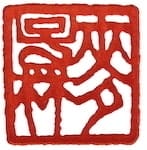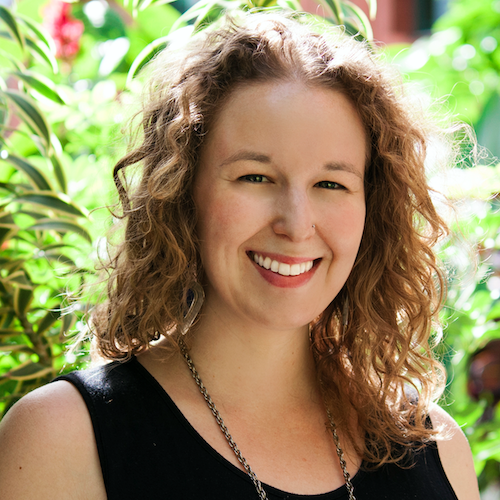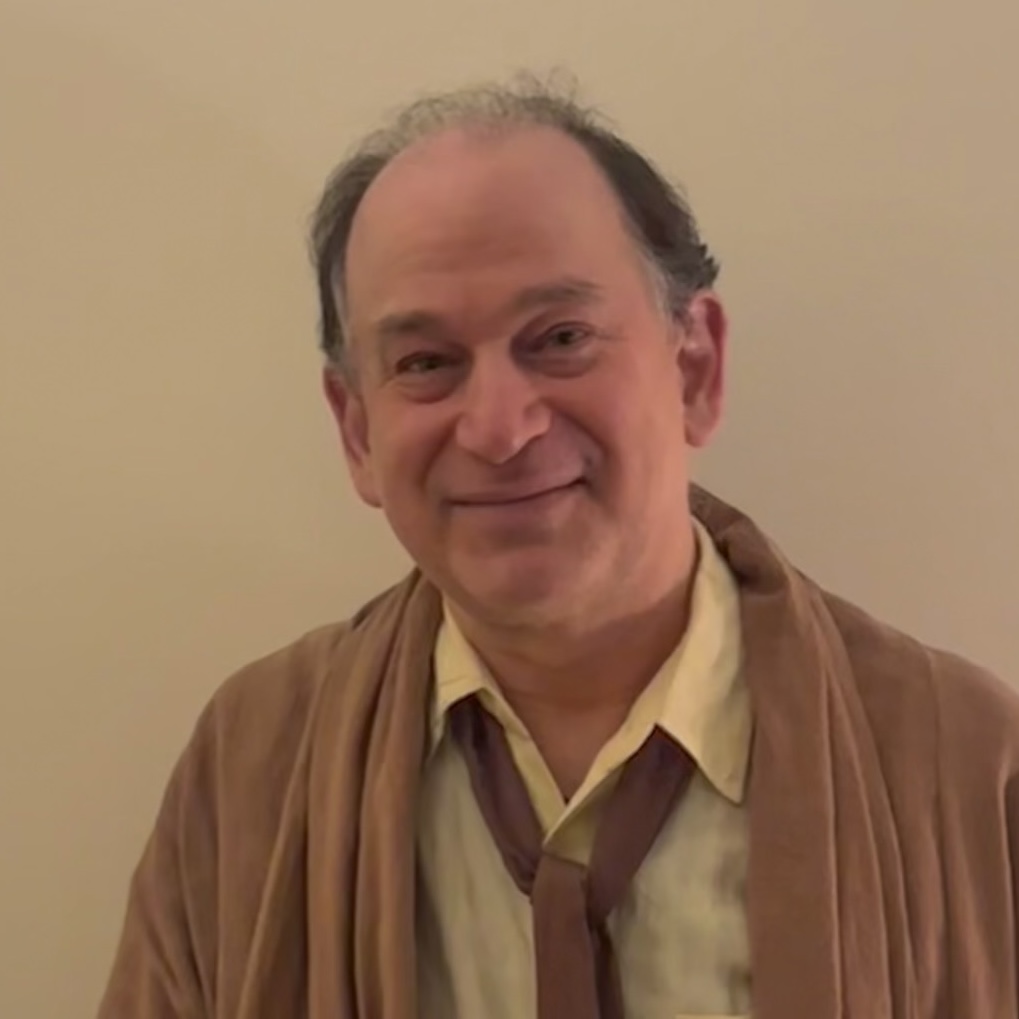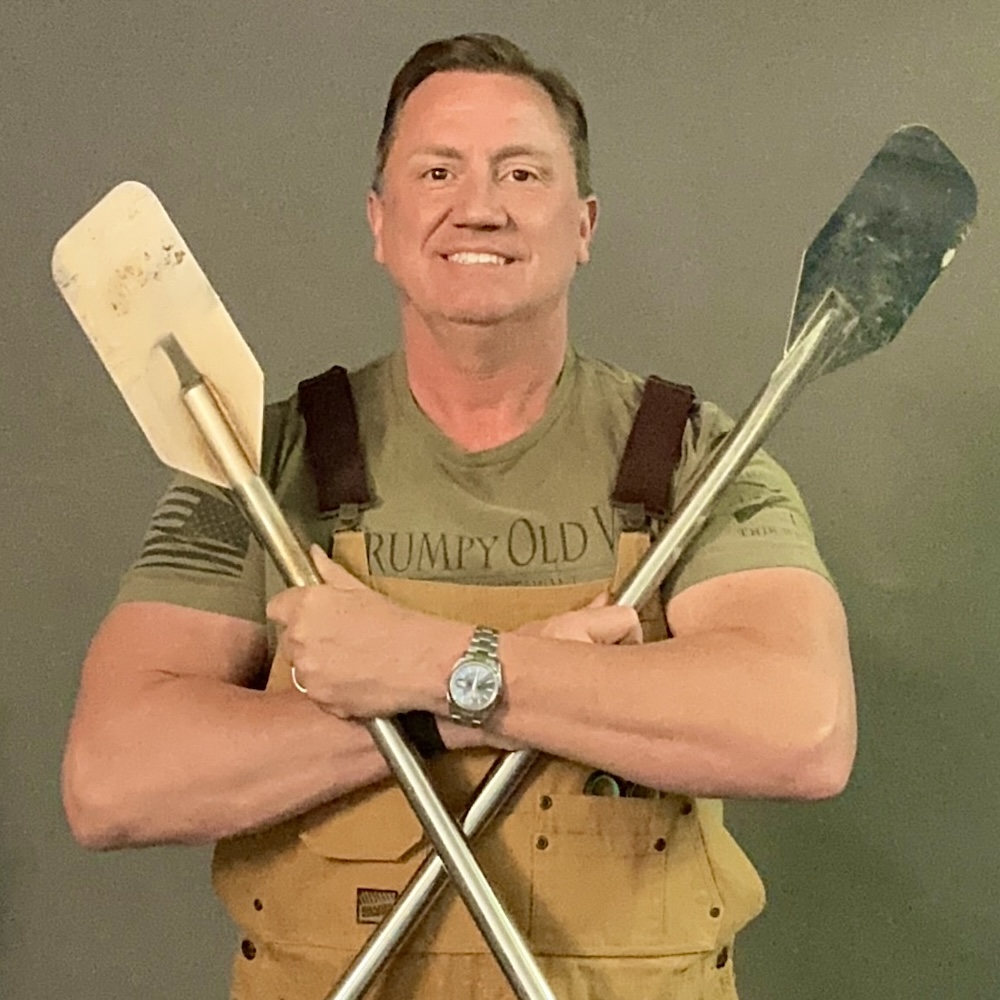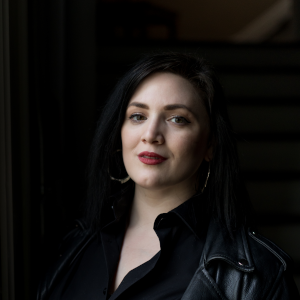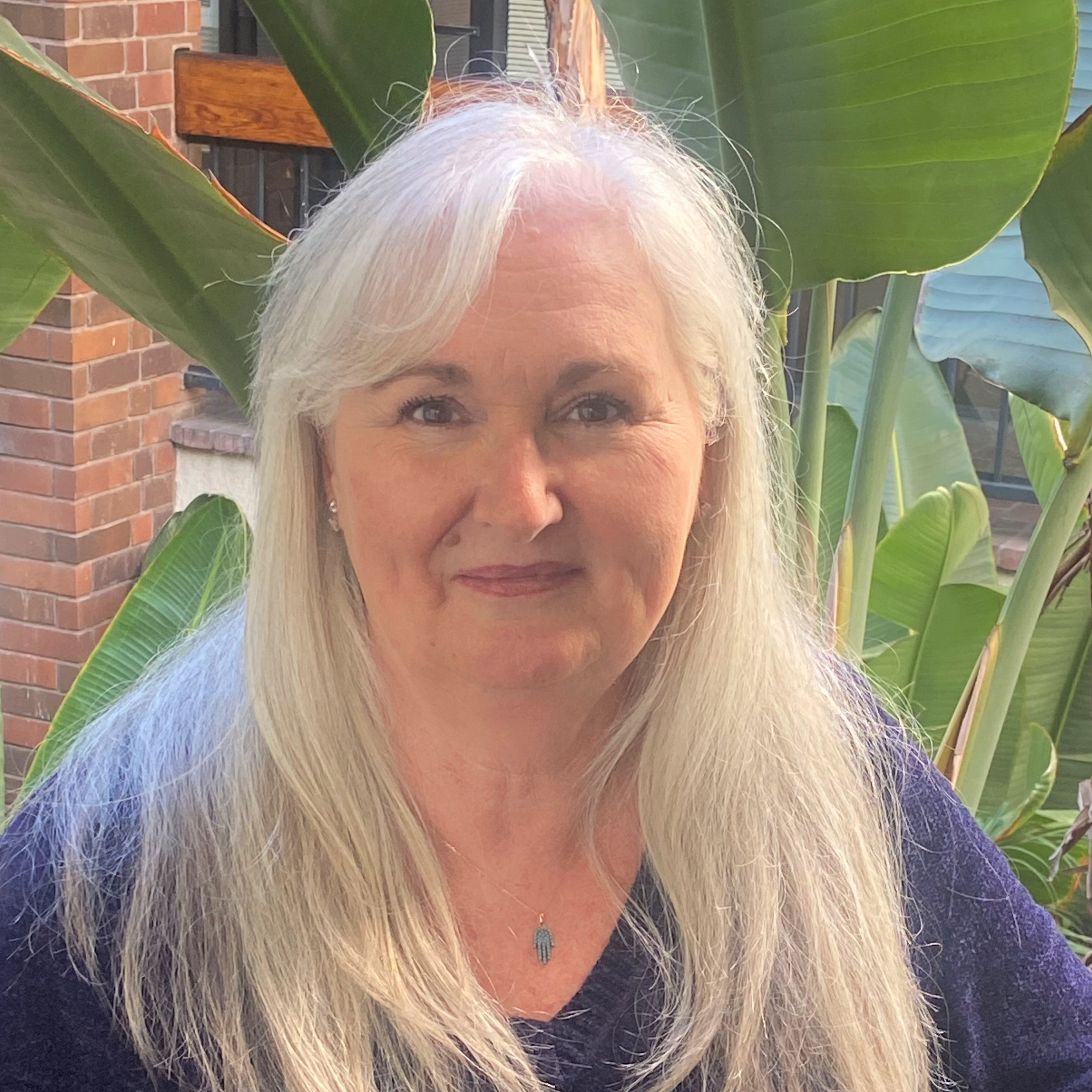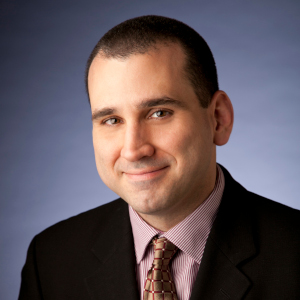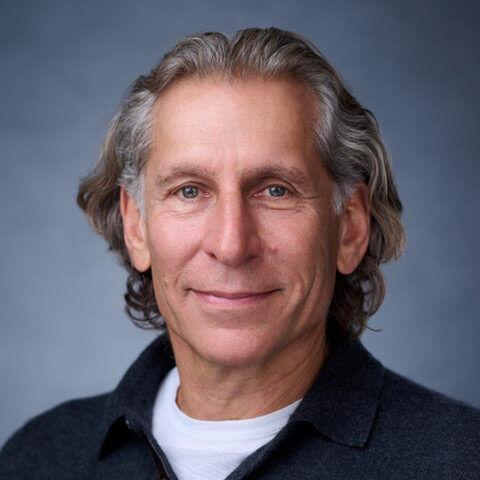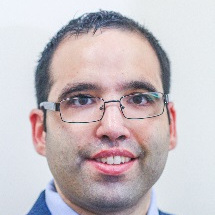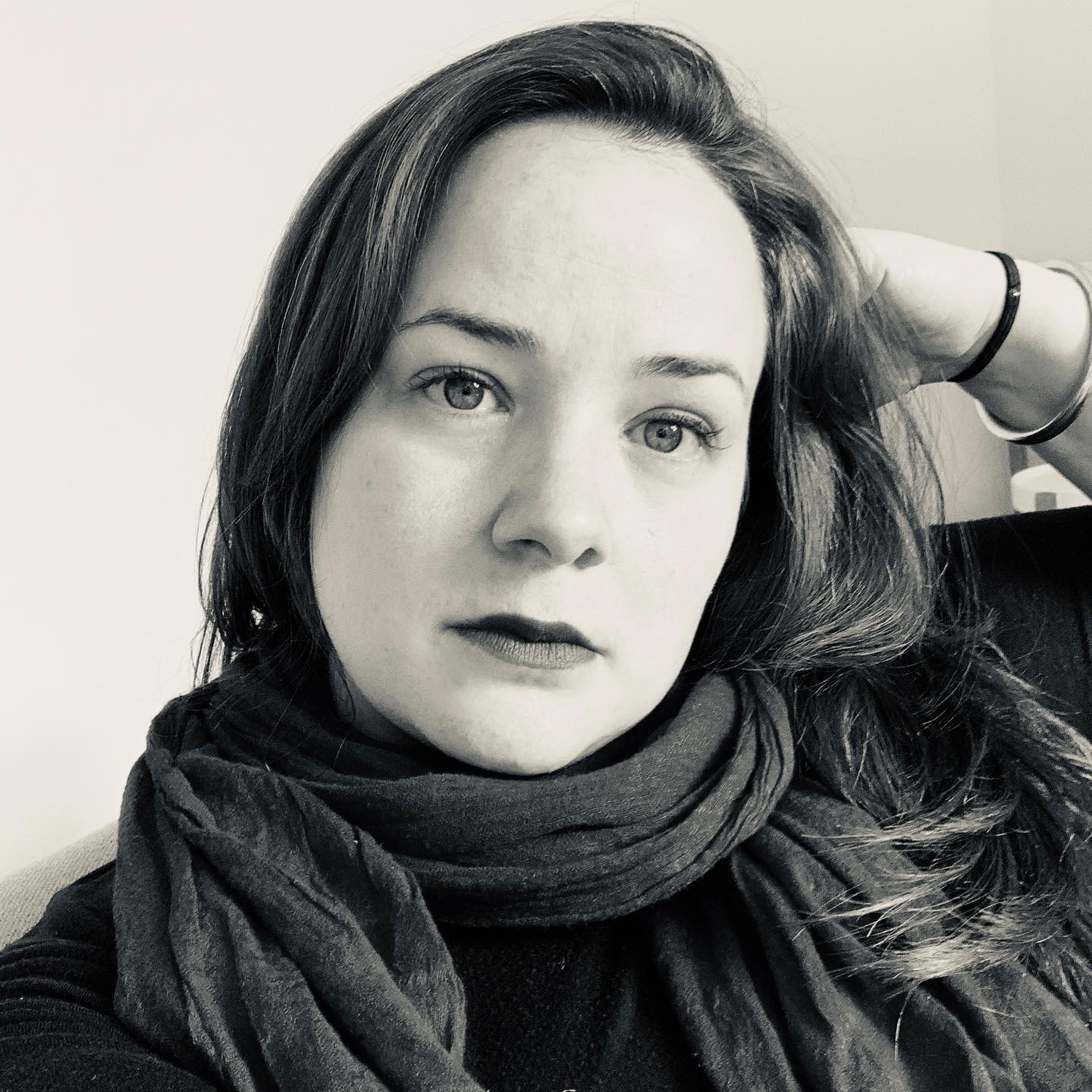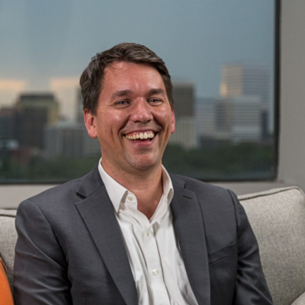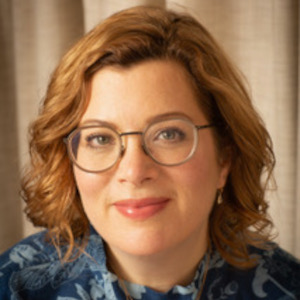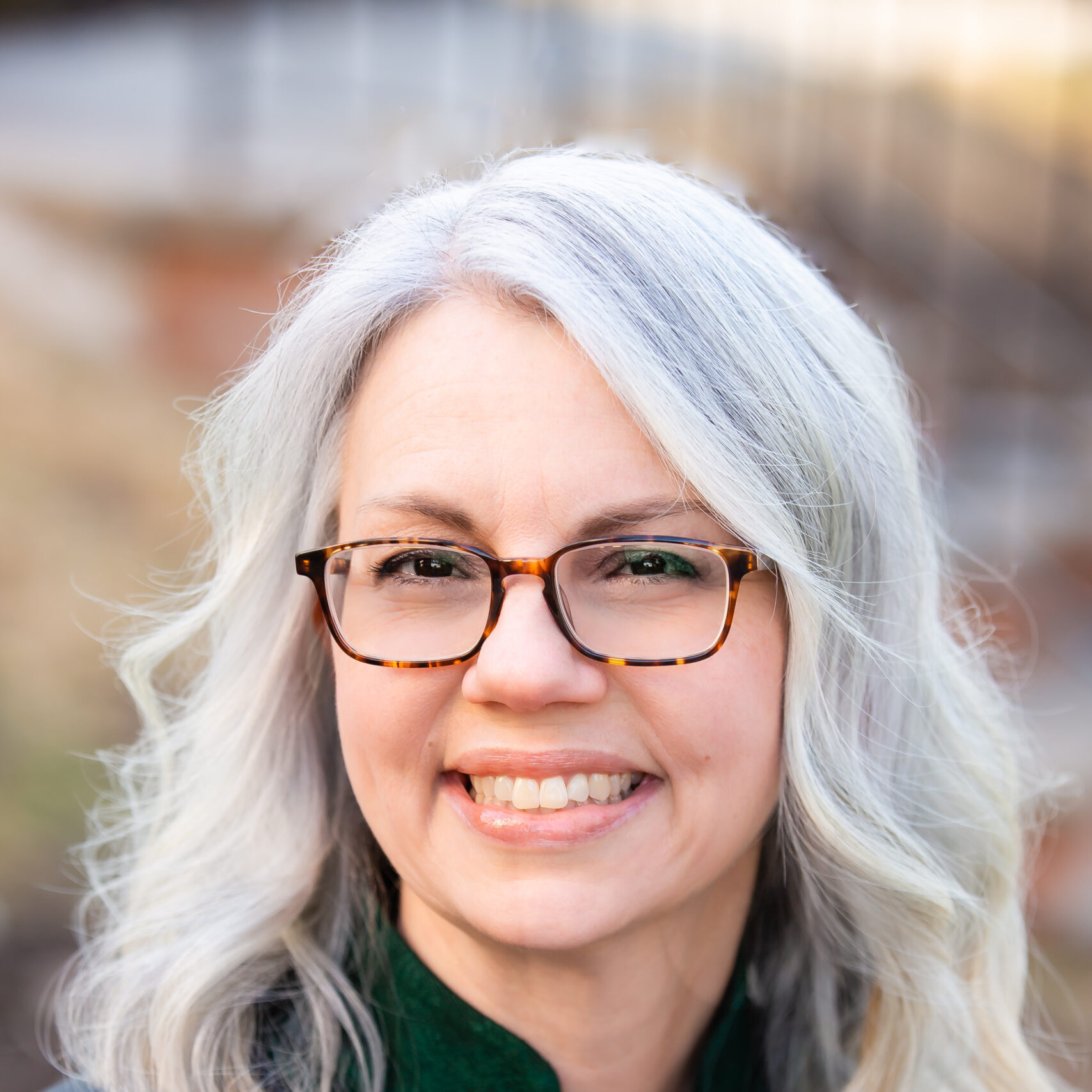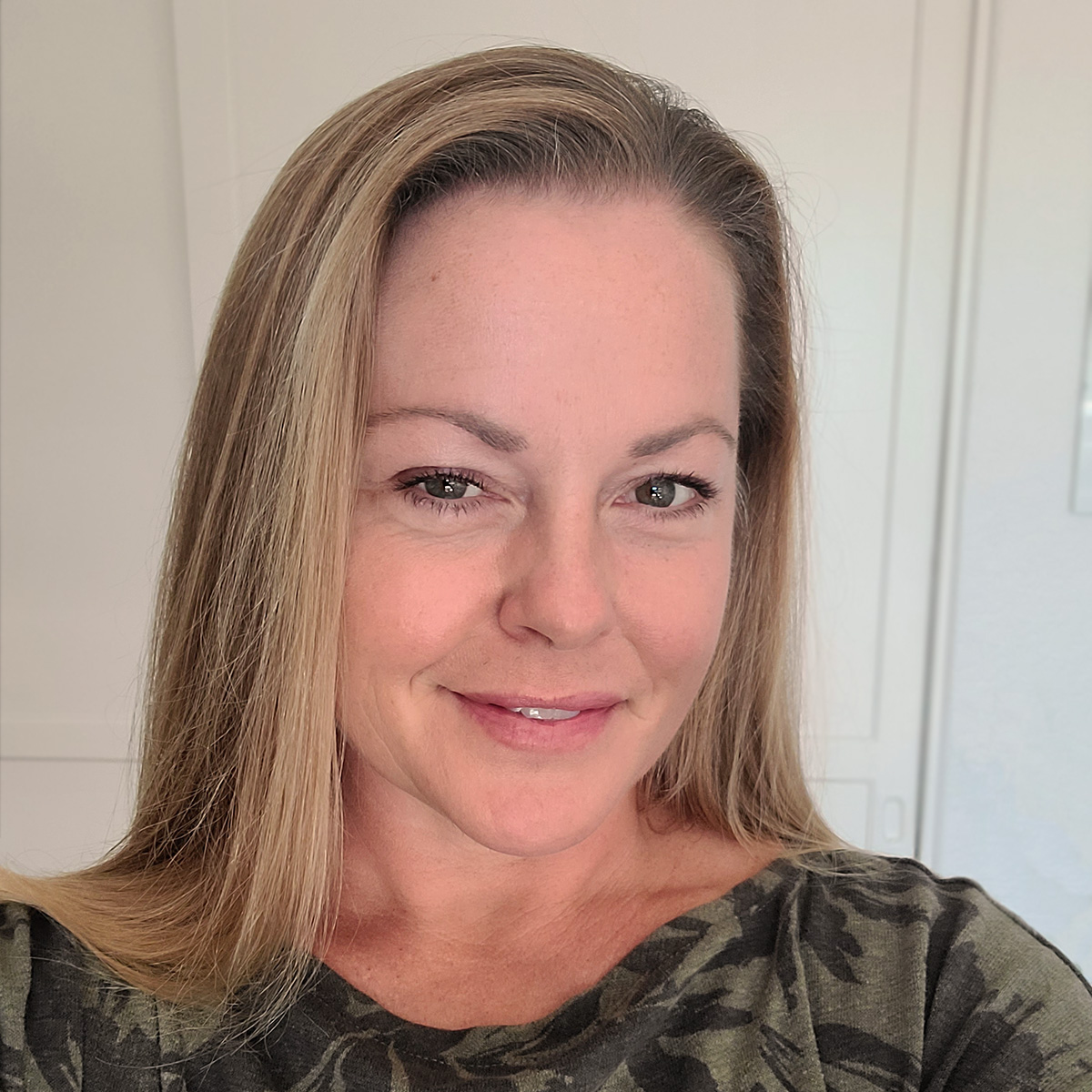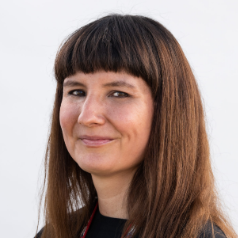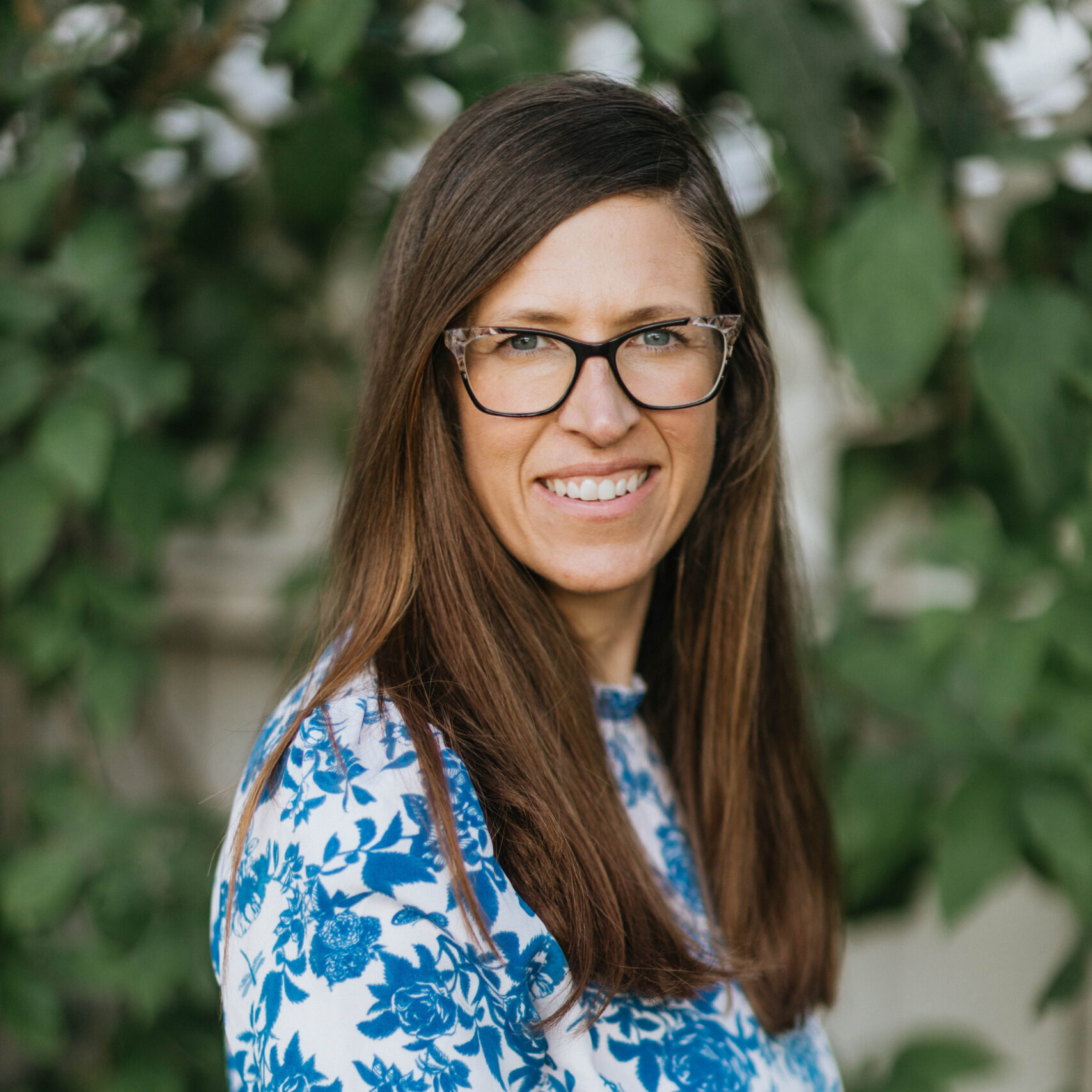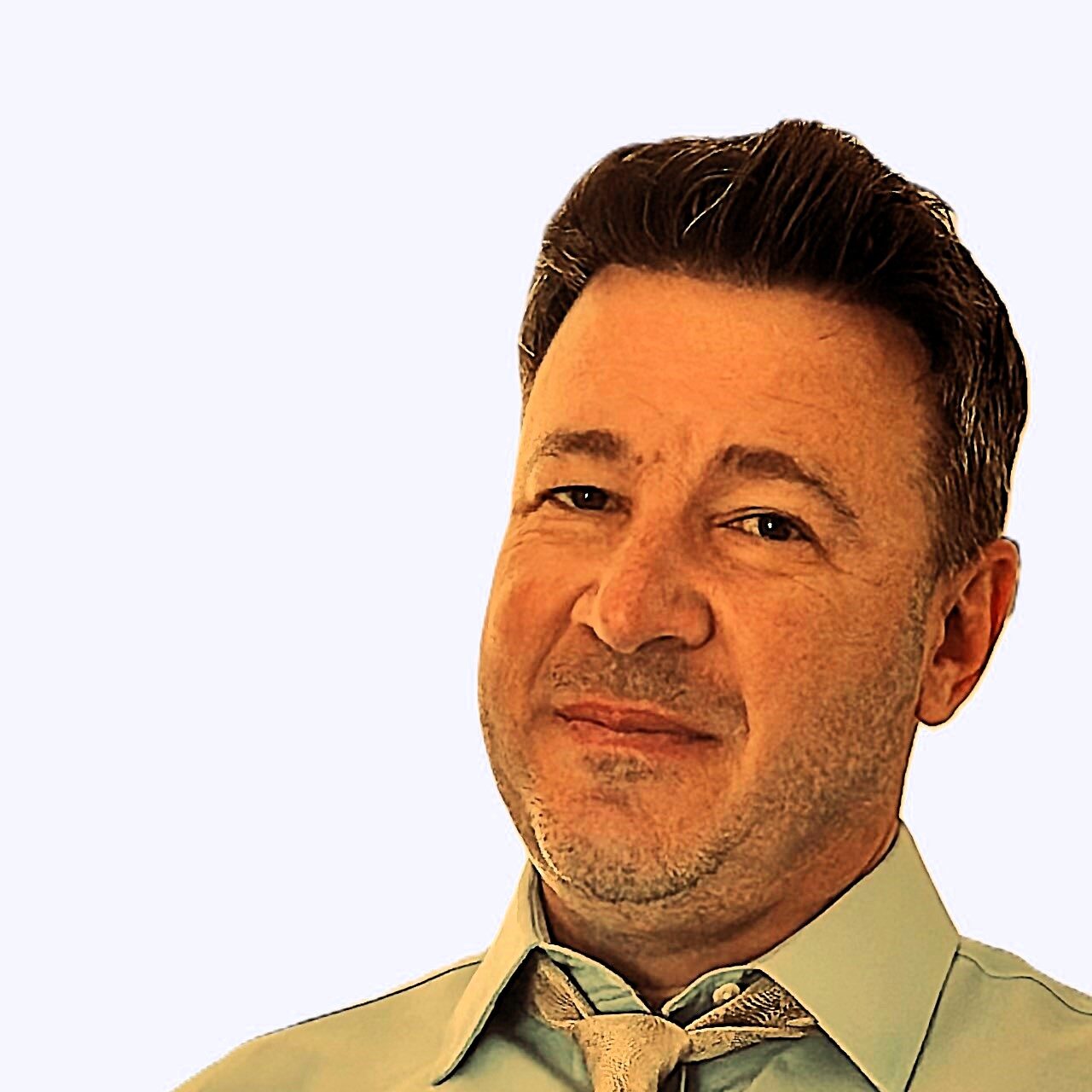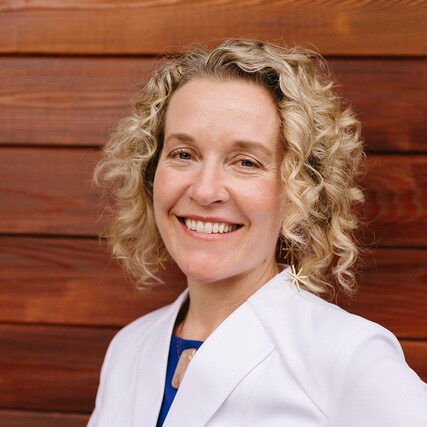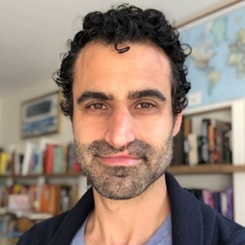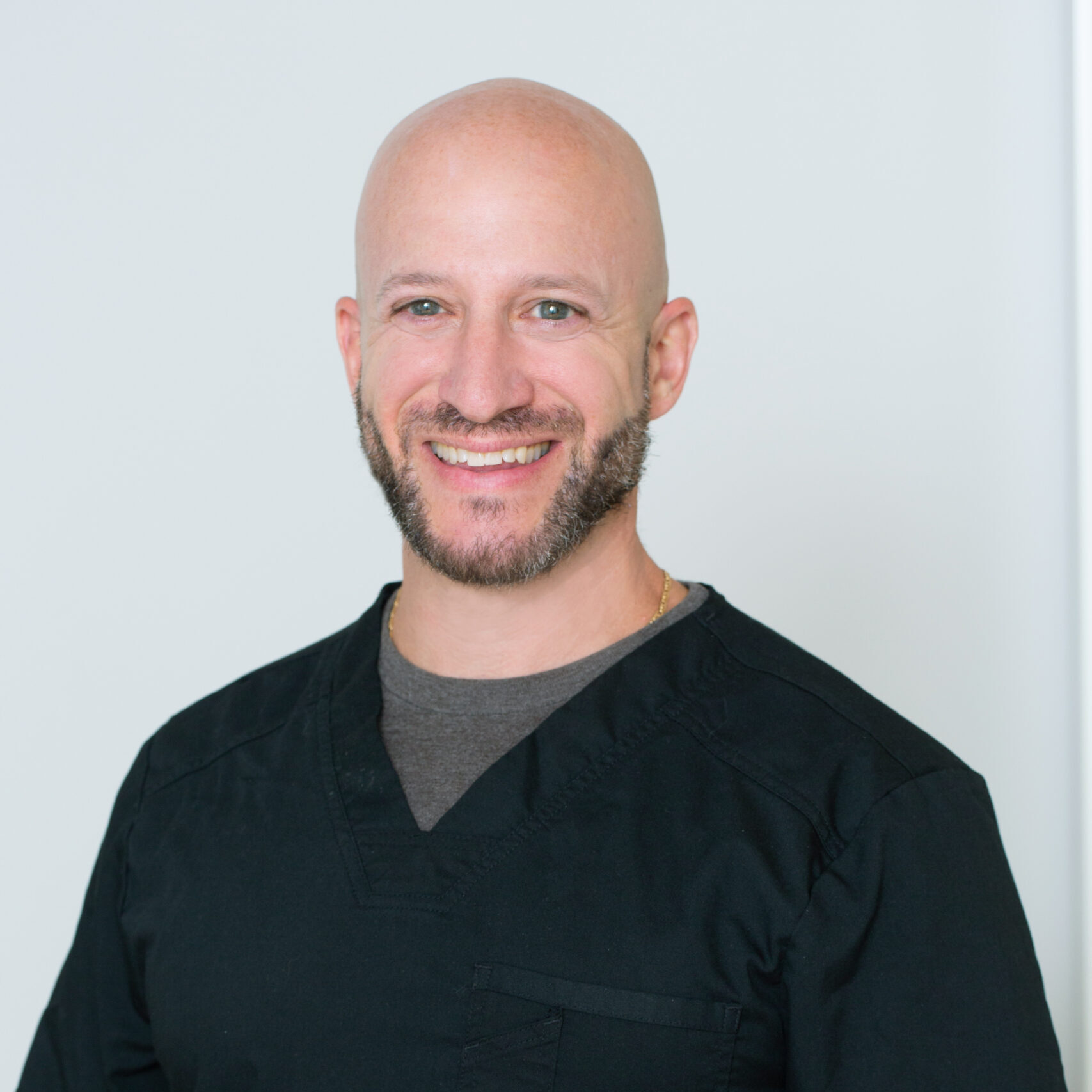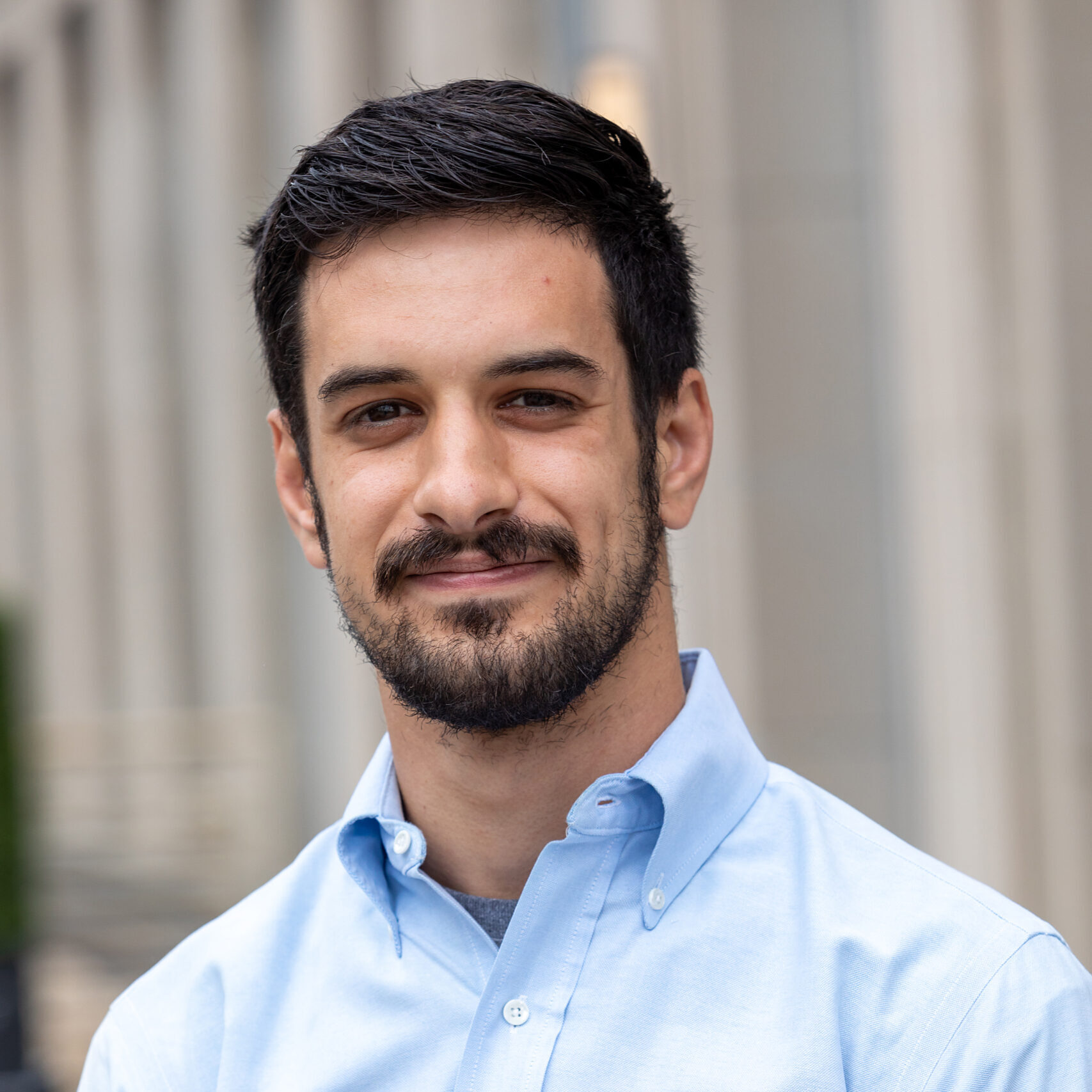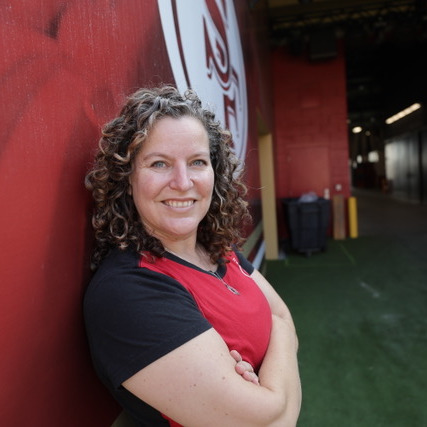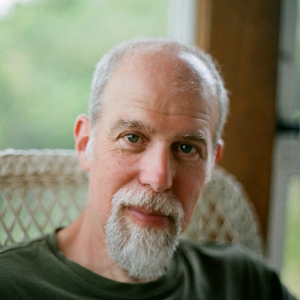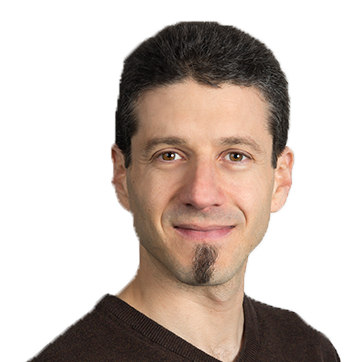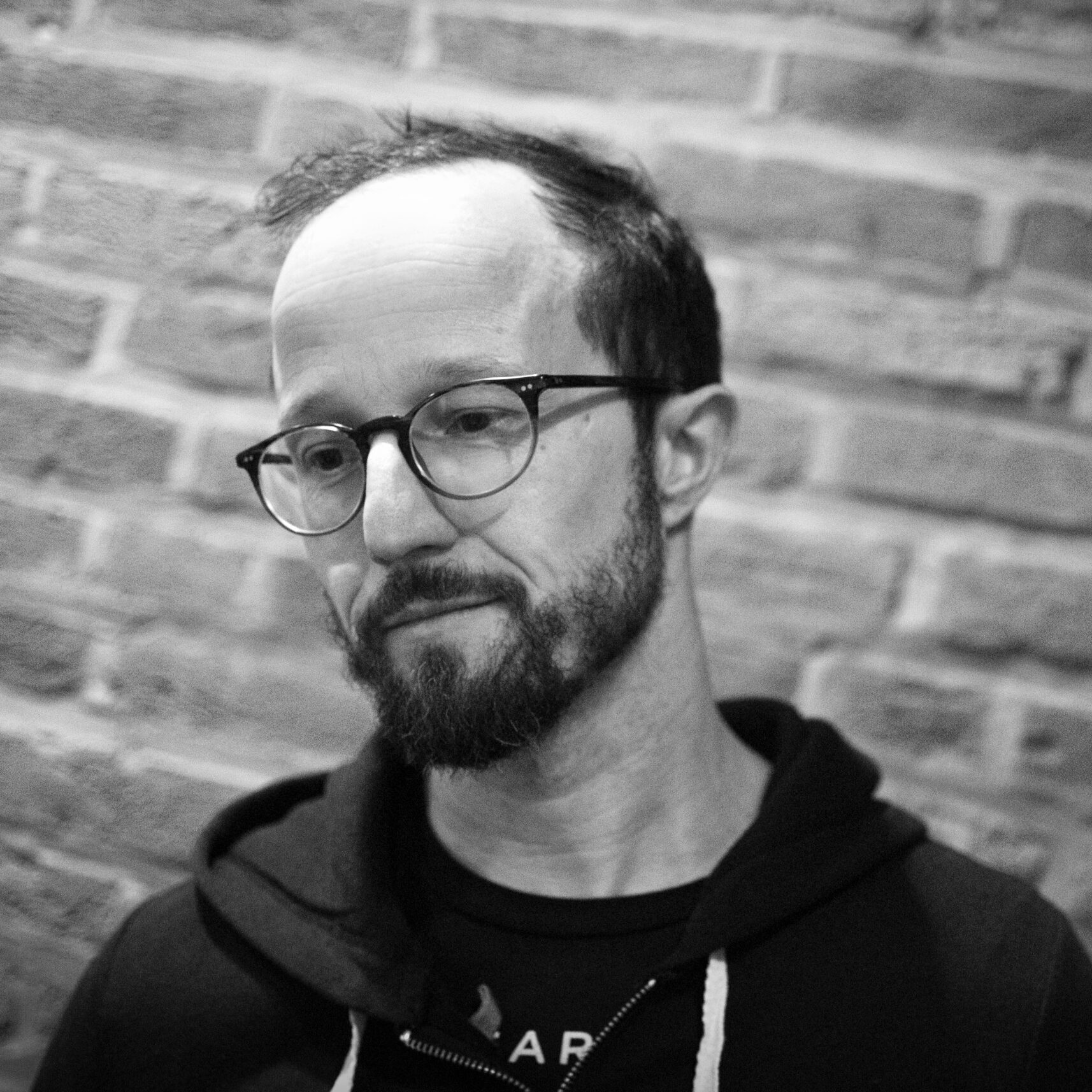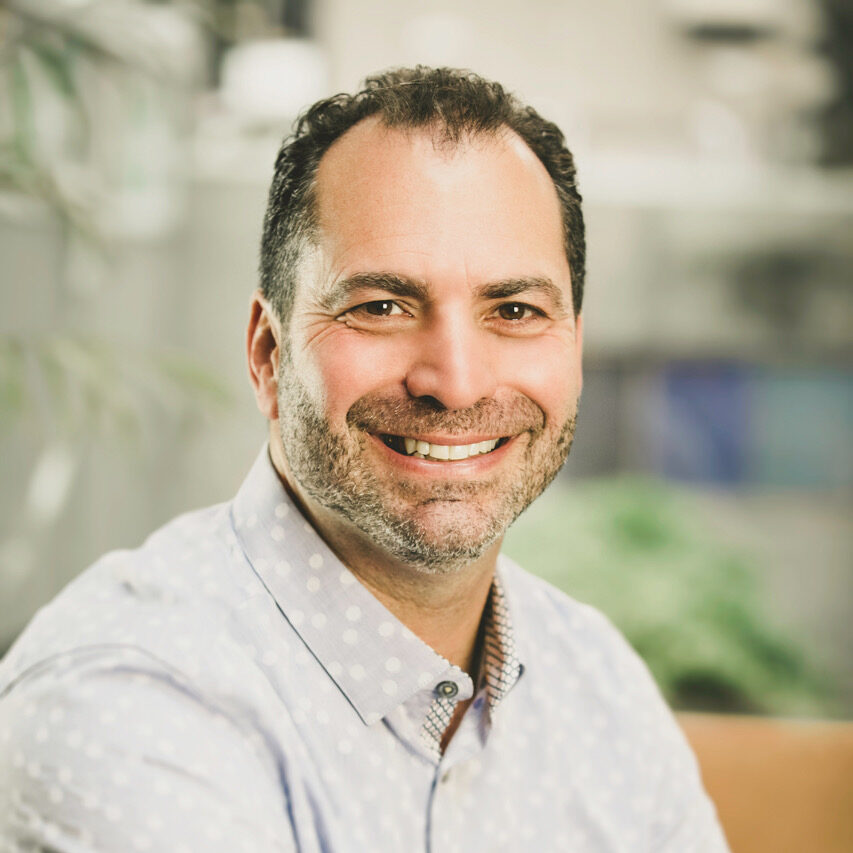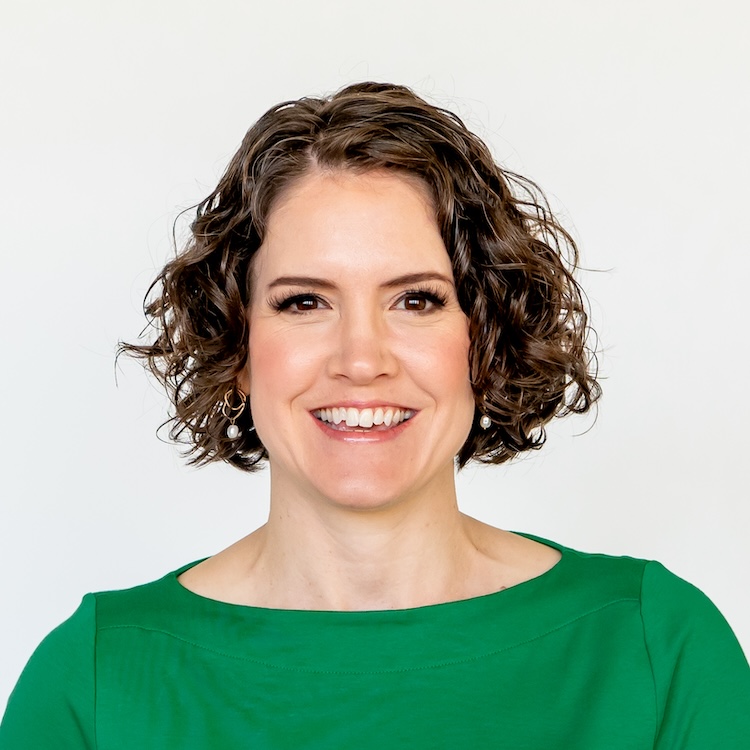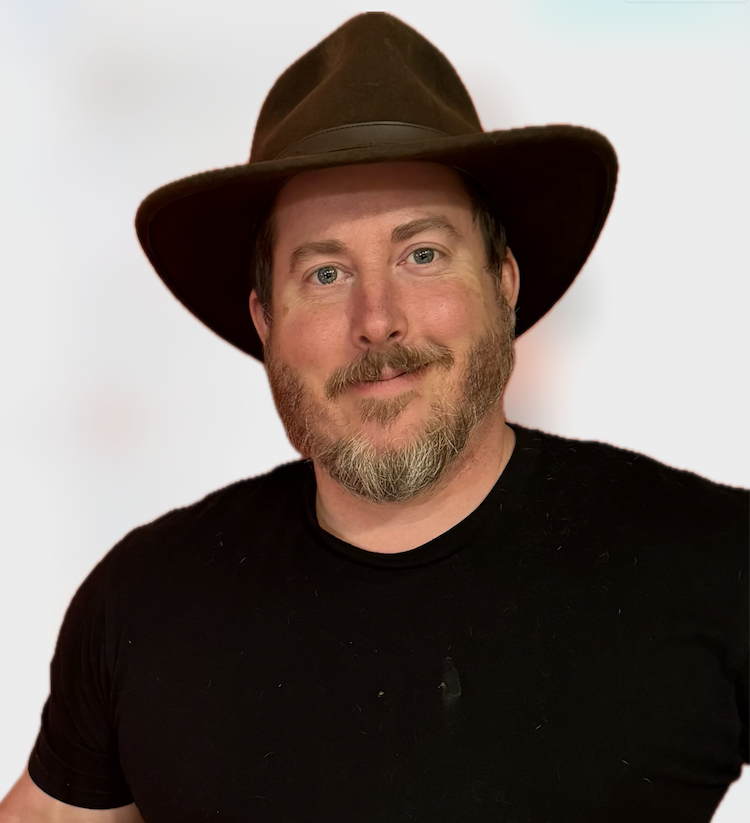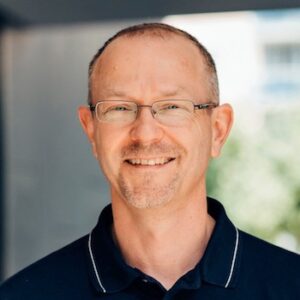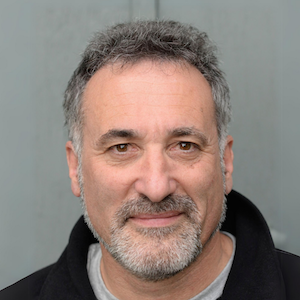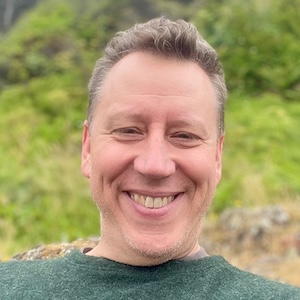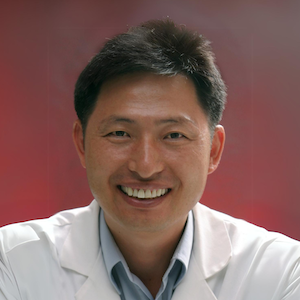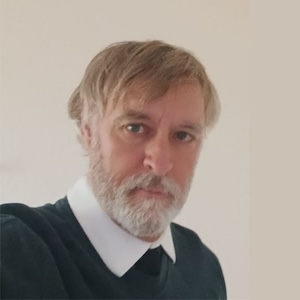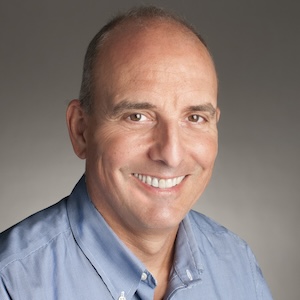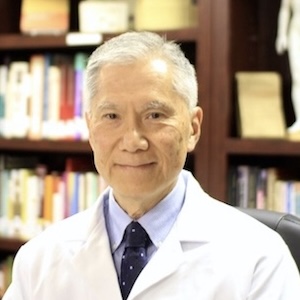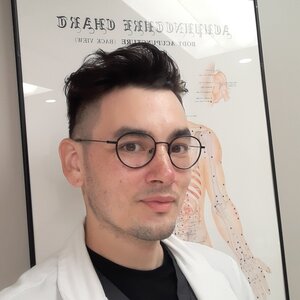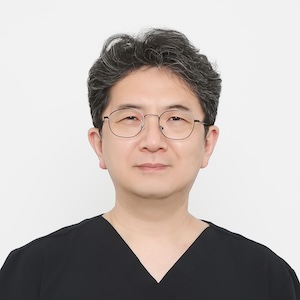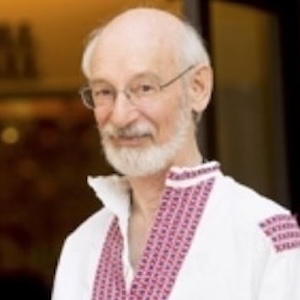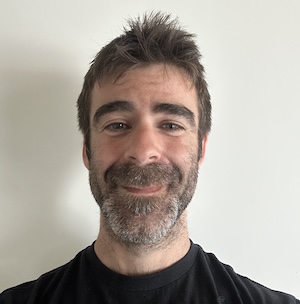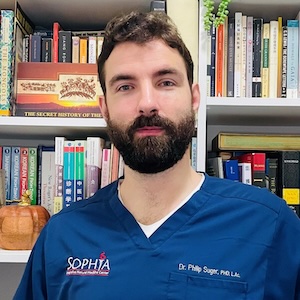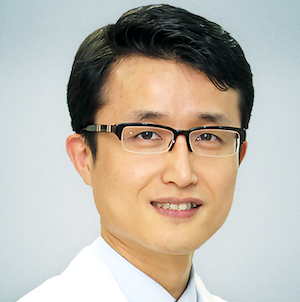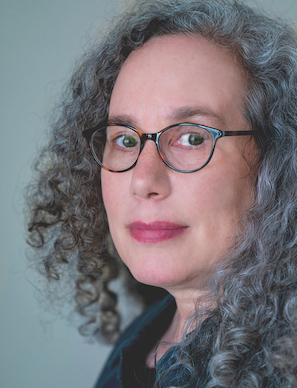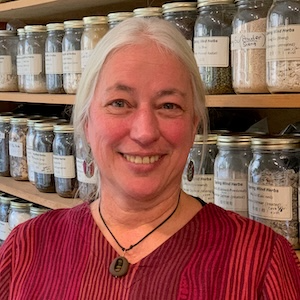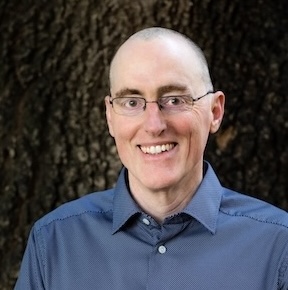Practitioners of this rebranded form of acupuncture have a modern biomedicine perspective on how trigger points, as well as how localized qi and blood stagnation, come about and can be resolved. It's a language that can useful.
Our guest in the episode is a hand's on meat and potatoes acupuncturist who loves functional body therapies. He's gone deep into tuina and orthopedic acupuncture, and has studied the dry needling methods with his Chinese medicine eye.
Listen in for a well-schooled practitioner's perspective on physiology, trigger points, acupuncture and the fantastic career of Janet Travell.
- How Josh got interested in these treatment modalities
- Problems in the hand can come from the neck or shoulders
- Difference in palpating – acupuncture vs trigger points
- Manual techniques class can really help with gathering sensory information
- How to build your palpatory vocabulary
- Use trigger point information to check your treatment
- Case study on working with trigger points
- Using manual methods to release trigger points is a way to teach yourself about trigger points
- Chronic injuries can have an element of deep-rooted cold
- How dry needling looks at Xu and Shi (they have ways to access from their own paradigm)
- Learn the trigger point referral patterns
- Use of language to help your patients feel more comfortable and that you understand them
- Dry needling, intramuscular therapy, acupuncture, all ways to say trigger points treated with needles
- Janet Travell, amazing luminary and doctor to President Kennedy, said you have to look at the whole person.
- You know you have the point when the patient says “you’re the first one who had really put their finger on the problem.”
Clinic tip: If you are an acupuncturist who is at all interested in orthopedic medicine, fall in love with muscles and study them the way you study herbs. Each one has its own clinical personality, its own relationships to various other muscles like herbal pairs and herbal formulas. Certain signs and symptoms should make certain muscles pop into your head the same way herbs and formulas do. You can learn to treat muscles the way you put together a formula, taking a well-known classical version and modifying it for the immediate needs of your patient. And remember that just treating muscles is not the answer.
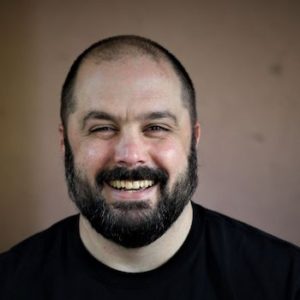 Josh Lerner, L.Ac
Josh Lerner, L.Ac
I was an Asian Studies nerd from high school through grad school, where I ended up working on a doctorate in Buddhist Studies. Realizing that I actually had no interest in an academic career, I left graduate school to become an acupuncturist, enrolling at NIAOM in 1997. My initial interests in Chinese medicine were based on my years of study of Chinese and Japanese language, Daoism, and martial arts, so I started off with a heavy interest in being a scholar/physician, combing through classical texts and using herbs to treat complex internal medicine disorders.
And then . . . I started meeting and learning from practitioners, both within the field of TCM and western medicine, who specialized in orthopedics and sports medicine; practitioners who inspired and impressed me in a way that no one else had, giving me the feeling of “Wow, that’s who I want to be when I grow up.” There were many acupuncturists with martial arts backgrounds who specialized in tuina and other forms of manual medicine, physical therapists, occupational therapists, osteopaths, and chiropractors. I ended up falling in love with the immediacy and demanding intricacy of orthopedic and manual medicine. So now I combine acupuncture, tuina, other forms of manual medicine, herbs, and physical movement practices with all of my patients while I continue to discover massive blind spots and gaps in my knowledge that require further learning and study.
In 2010, I was given the opportunity to start teaching at the Seattle Institute of Oriental Medicine (now the Seattle Institute of East Asian Medicine), where I continue to learn about how blurry the line is between teaching, clinical practice, and personal cultivation.
Links and Resources
Visit Josh's website at www.wellspringacupuncture.com.
www.triggerpoints.net is a good free online resource for trigger point referral patterns, organized by body part.
This two-volume series by Janet Travell is the original and classic source concerning trigger points.
Join the discussion!
Leave a comment on Qiological's Facebook page.
